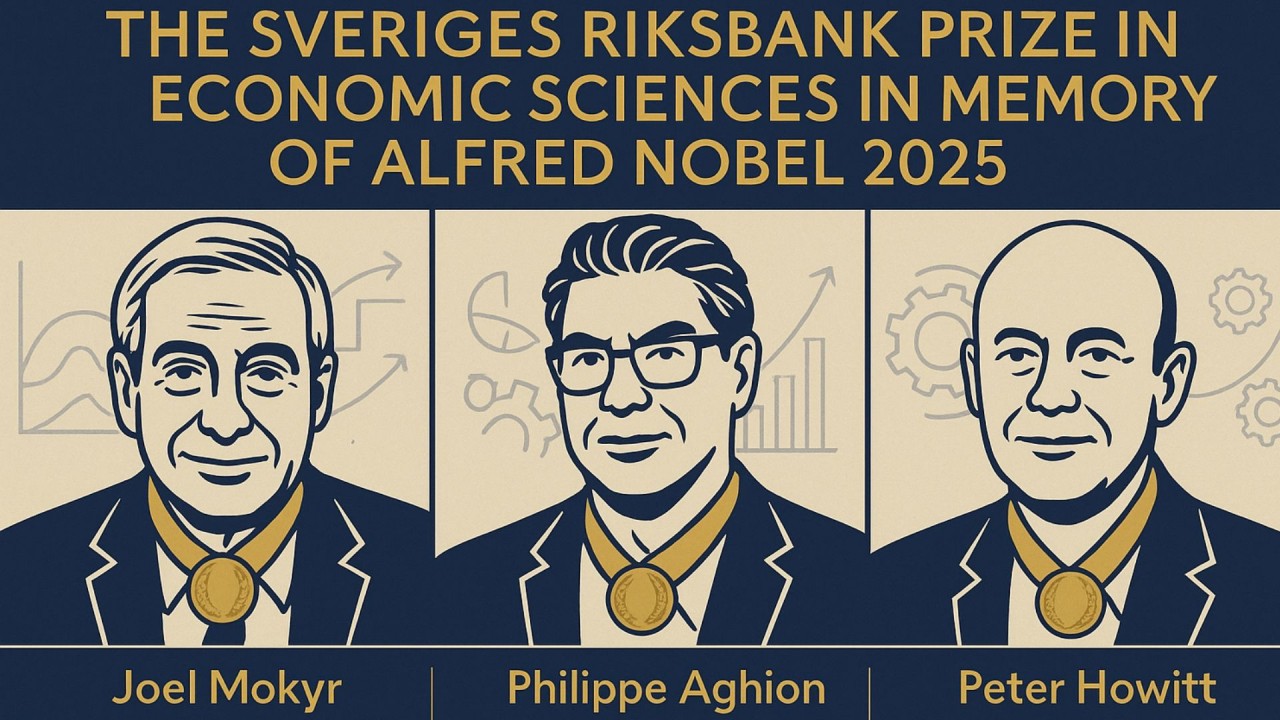
The 2025 Economics Nobel went to Joel Mokyr, Philippe Aghion, and Peter Howitt. Their message to leaders is plain.
Growth comes from better ideas, the courage to replace the old with the new, and the speed at which good ideas spread.
That is not theory-for-the-shelf. It is an operating manual.
Here are five imperatives for business leaders that we distilled out of the works of the three Nobel Prize winners.
1) Design for dynamism, not perfection
Everything evolves. Review regularly. Do not get attached to a single way of working. Be ready to discard. Hold tight to values and purpose. Hold light to processes, tools, wins, and losses. Write “sunset & swap” rules so a better tool or method replaces the old on cost, quality, or cycle time—without drama. Perfection is a museum; growth lives in the workshop.
2) Today’s wins can block tomorrow’s
Success breeds comfort. Comfort slows change. Keep asking, “What must change next?” even after a big quarter. Set sunset dates and replacement triggers. Fund the successor while the current product still performs. Celebrate clean exits so people are not tied to legacy. The goal is not to defend history. It is to create the next one.
3) Compete to innovate
Keep friction low inside the firm and pressure real outside it. Use small teams. Time-box approvals. Publish clear kill criteria and end weak bets quickly. Back fair competition in your ecosystem and avoid cosy protection that blunts edge. Slack kills curiosity. Curiosity fuels growth.
4) Keep adoption in mind at the idea stage
An invention unused is theatre. Design ideas so they are easy to adopt. Before green-lighting, check the organisation’s change load and sequence work accordingly. Set WIP limits on concurrent roll-outs. Name one owner for each rollout. Use one playbook and one platform. Train early. Track time-to-50% adoption and prune quarterly. Diffusion is where most of the value shows up.
5) Build recombination talent
Great outcomes come from mixing ideas, not piling on headcount. Hire “technology mixers” who speak AI, domain, and operations. Rotate high performers across sales, ops, and tech every 12–18 months.
Pair data/AI teams with P&L owners on real problems. In India, partner with top tier institutions and start-ups for pre-competitive sprints. Reward cross-functional projects that deliver measurable results.
A closing word There is no good theory that is not practical. There is no good practice that is not ensconced in theory. These works are extremely practical. Treat creative destruction as a design brief, not a threat. Build for upgradeability. Reward brave pruning. Spread what works—fast. Do this, and the future stops feeling like disruption and starts reading like your plan.







